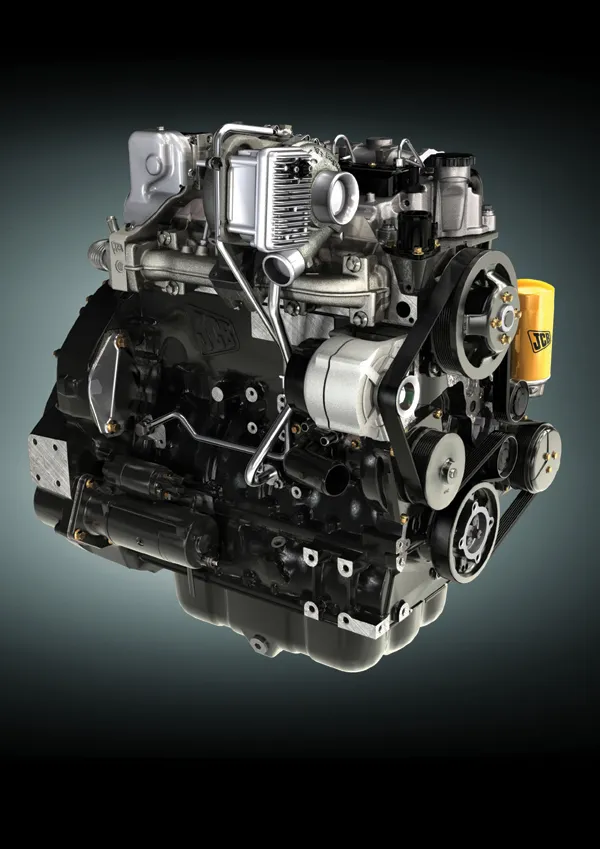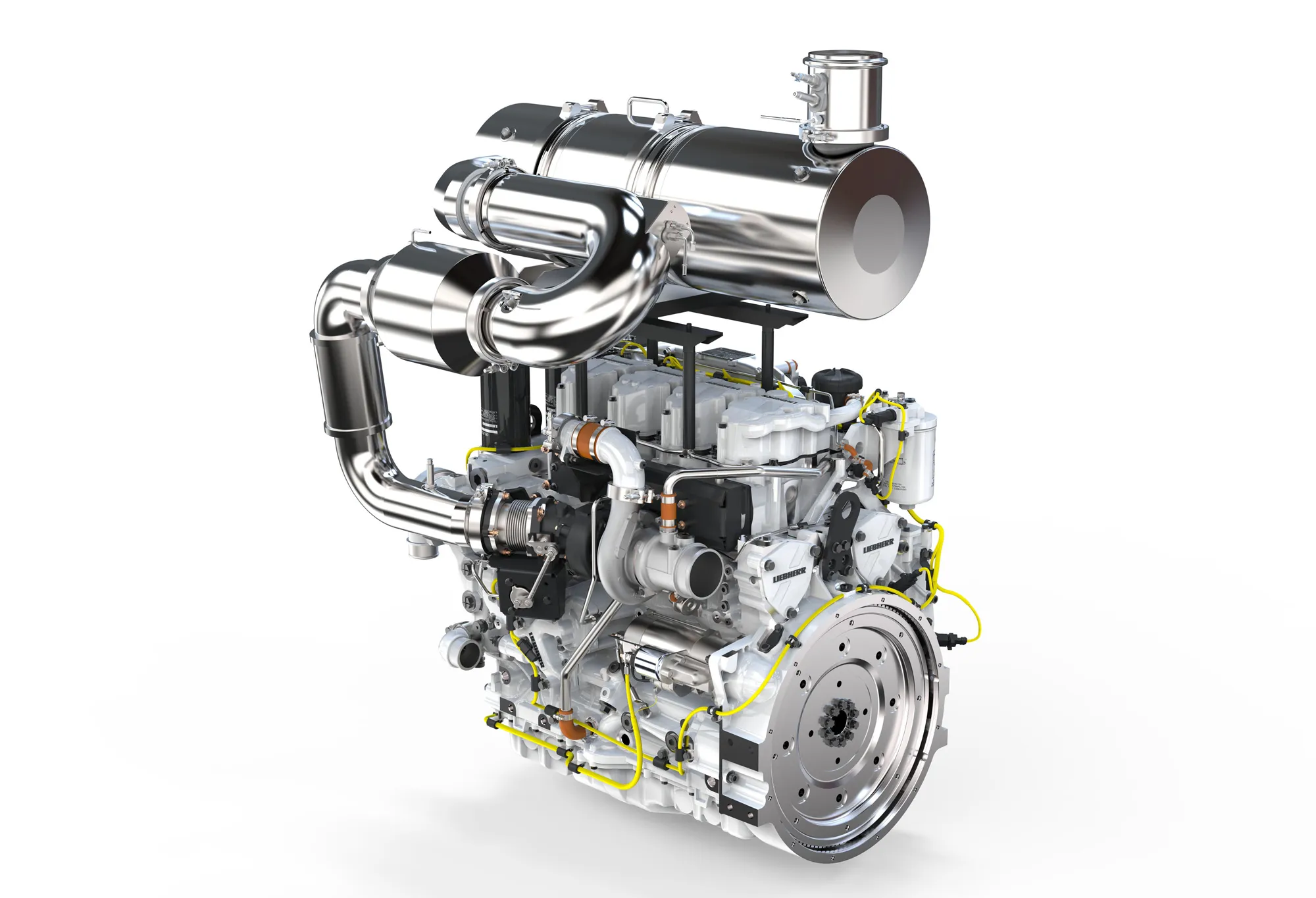
The product also features a digital control screen in the cab, large steps and easy-grab handles. Cameras allow all-round vision, and there are proximity sensors and a skip and rear counterweight to increase the visibility of the operator’s surroundings.
Manuel Lherbet, marketing and sales director at Ausa, said: “The main progress made on the D601 AHG is the hydrostatic transmission. We have also spent a lot of time on focusing on providing operators with easy access to the machine.”
Juan Urkijo, global sales manager Ausa industrial vision, added: “D601 AHG has better 4x4 rough terrain capabilities and can steer and operate at the same time.”
In a parallel move, Ausa has also unveiled an electric prototype dumper based on the D100AHA articulated 1 tonne dumper, the company’s smallest model. With a 6-hour battery life, the dumper can be recharged in eight hours using a normal domestic power socket.
Zero emissions and a lower noise output should allow the dumper to be used in sensitive locations and at night.








